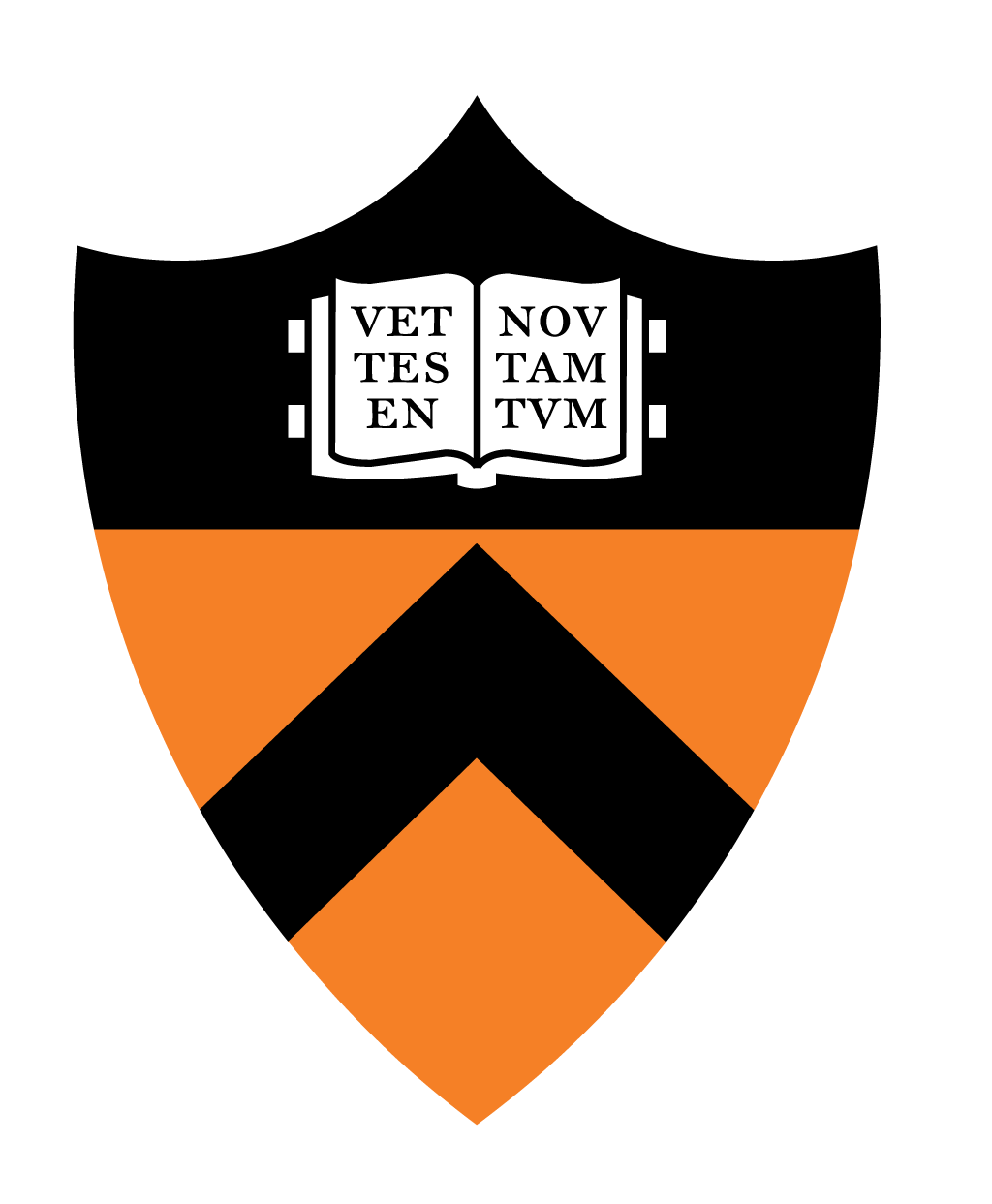
This table contains links to the lecture slides.
Readings. All readings refer to Algorithms, 4th edition by R. Sedgewick and K. Wayne unless otherwise specified.
Study guide. Associated with each lecture is a study guide, which summarizes the most important topics and ideas from the lecture. It also includes optional (and ungraded) exercises.
Advice. In general, slides are intended for the lecture presentations and do not provide thorough descriptions of the material alone; for reference, read the corresponding sections from Algorithms, 4th edition. An effective strategy is to skim the textbook before the lecture, read it thoroughly soon afterwards, and complete the corresponding Quizzera quiz (and perhaps some additional B-level exercises from the study guide).
iClickers. To make the lectures more interactive, we will be using iClickers. You must register your remote or mobile/web app to to receive participation credit.
Using a classmate’s iClicker (or allowing someone else to use your iClicker) during lecture is prohibited. You must attend lecture to earn participation credit.
Errata. Here is a list of known errors in the lecture slides and textbook.